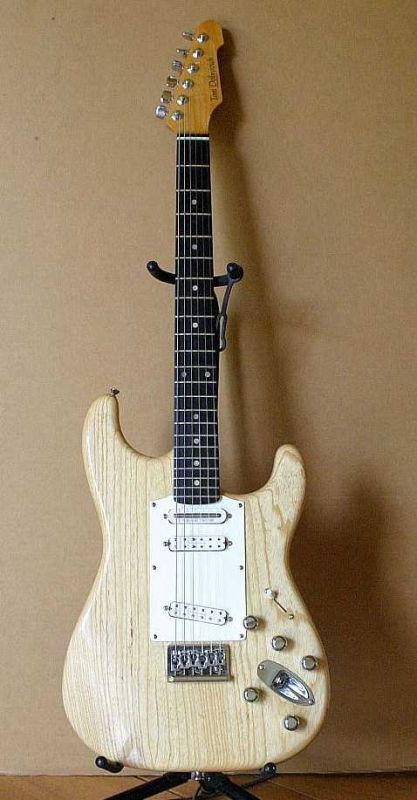Ways to Estimate or Calculate Board Feet
Rule of thumb gets you pretty close, and even methods involving careful measurement are susceptible to basic arithmetic errors. January 11, 2007
Question
Using the example given in the article of May 2, 2001 by Professor Wengert, I calculate: 11.38" width X 10' length divided by 12 gives 9.4833, which rounds to 9 as the closest whole number, giving 9 board feet rather than the 10 board feet indicated in the article. Which figure is correct?
Forum Responses
(WOODnetWORK Forum)
From contributor R:
Well, I just did the math, and assuming you're talking 4 quarter lumber, the 9.483 is right. But the lumber supplier is not going to round it off at 9 BF, he is going to call it rounded off to 10 BF, as they round it up to the next number. They will charge you for 10 BF.
From Professor Gene Wengert, forum technical advisor:
That is indeed an error that no one has found for all these years! It should be 11.40". I have no idea how this happened; good to see that someone is reading and thinking indeed.
From Carl Hagstrom, Systems Administrator at WOODWEB
The value in the article has been changed to 11.40". I agree, Gene... It is good to know that there are those who are keeping their eye on things. As far as how the error might have happened... I'm not sure, but the odds are it was a staff error.
From contributor F:
As to the rounding off, my hardwood suppliers round the board width up to the next full inch for a board that is "x" plus a half inch or more. They round the board's width down to the next full inch for a board width of "X" plus 7/16" or less. They seem to have a knack for measuring the wide end of each board.
From contributor E:
You're right about their knack. Another one they ignore is skip-dressing on s2s and a split in one end.
From contributor B:
My supplier just jams the boards together, andů ah, that looks like 4 feet. Then counts the layers and does the math. I wouldn't mind so much, the plus and minus, except it is always in their favor. Open the stack and some of the boards will be short a foot, but for sure there aren't any long ones.
From contributor D:
When I ran a large shop, we cut up 20,000 b/f a week in lots of species and thicknesses. Typically had about 100,000 b/f on hand. We did a full physical inventory twice a year. When I first heard about the inventory and how the mill guys had to spend 20 hours (!?) to break each unit, measure and count each board, band it back up, and move on, I nearly panicked.
So I determined to sell the bean counter on how the "Whole Stack Method" was the way it was done in the lumber business, and no one in their right mind would count each board. It consisted of measuring the width of the stack, the length, the number of layers and the thickness of the boards. To prove my point, we counted three units by each board, and then the Whole Stack Method, and compared notes. The Whole Stack was within 2% of the board by board, so said bean counter approved, especially when he realized he would not have to pay for all those man hours.
I printed up forms with the Whole Stack Method on top of them, and gave simple instructions, and we were out of there in 3-1/2 hours. I have always wondered if my bogus story on Whole Stack was pure bull, or real, or if other shops and mills counted each board?
From contributor C:
I started doing the "whole stack method" in the 90's and everyone who tried to prove me wrong failed. I was the most accurate from doing it for so long, but with a bit of experience, I had everyone close to your 2% figure. When we received a semi load, the checker tallied it by whole stack method, I compared it to what was billed. If any one unit was way off or the whole load was off, back again to be checked by someone else, but it was a rare case.
From contributor L:
There is mill tally and net tally. Mill tally is the board footage total when green, before drying and shrinkage. Net tally is the board footage after drying - 8-10% more.
